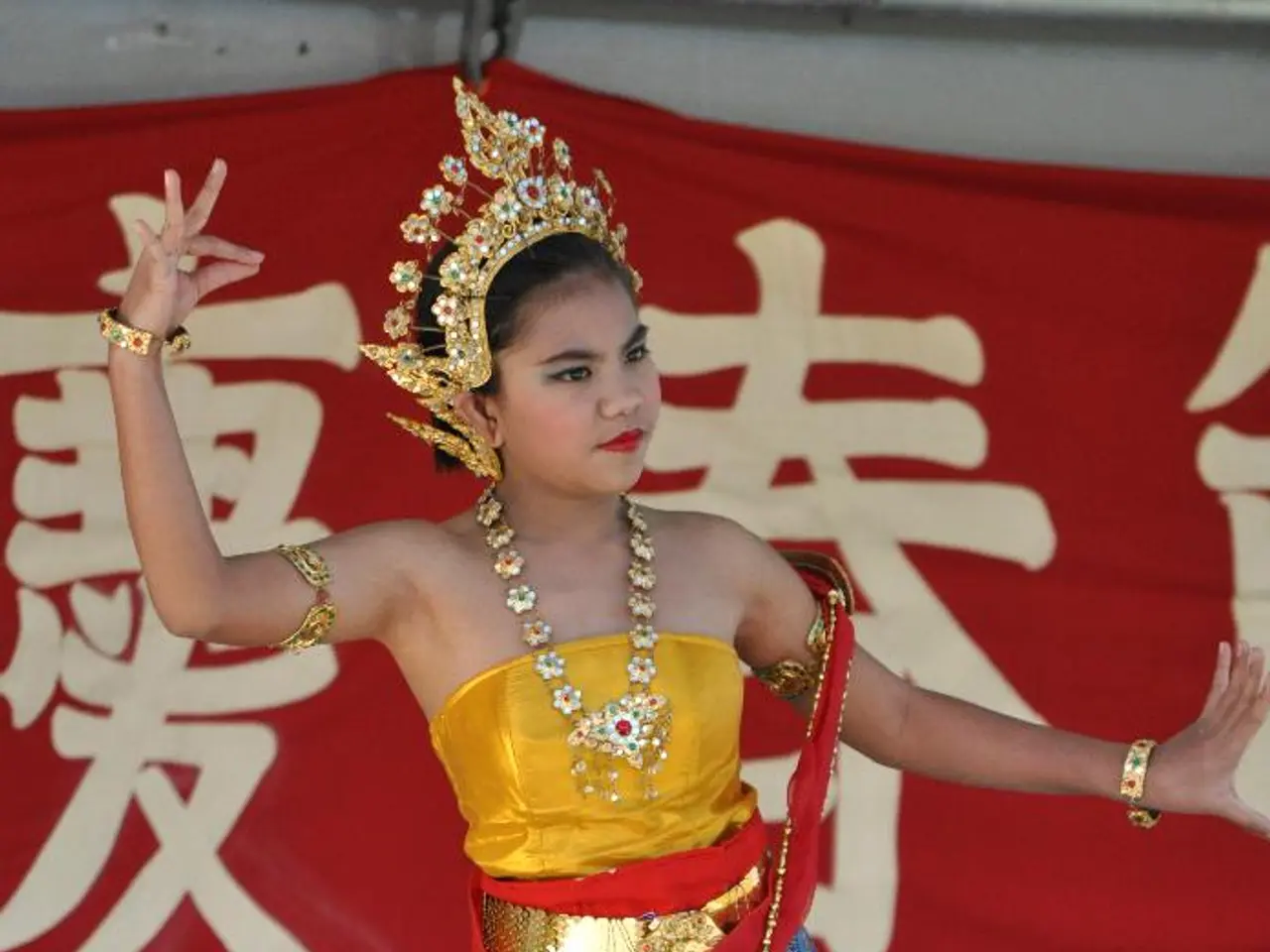Gargantuan Multifaceted Entity: Godzilla
In the world of cinema, few characters have endured and evolved as significantly as Godzilla. Originally appearing in Ishiro Honda's 1954 debut film Gojira, this prehistoric amphibian has become a cultural icon, symbolising various aspects of Japan's historical experiences and societal concerns.
The Showa era (1954–1975) marked the birth of Godzilla, with the creature primarily symbolising the horrors and destructive power of nuclear weapons. Directly inspired by the atomic bombings of Hiroshima and Nagasaki, as well as the 1954 Castle Bravo hydrogen bomb test that contaminated a Japanese fishing boat, Lucky Dragon No. 5, the original 1954 Godzilla film presented Godzilla as a metaphor for nuclear holocaust and nature’s vengeance on humanity for mankind’s creation of the bomb. During this period, the character's portrayal shifted from a fearsome destroyer to a more heroic, child-friendly protector of Earth in later films, reflecting a gradual softening of tone and adaptation towards younger audiences.
The Heisei era (1984–1995) rebooted the story, emphasising Godzilla again as a nuclear terror but introducing more complex themes, including environmental concerns and biohazards. Godzilla remained a destructive force, yet sometimes acted as an anti-hero defending humanity from greater threats, such as other monsters emerged or created by science gone awry. This era's films balanced Godzilla’s menace with occasional protection, reflecting anxieties about scientific experimentation and ecological balance.
The Millennium era (1999–2004) presented each film as a standalone story roughly linked to the original 1954 film’s themes. Godzilla alternated between villain and anti-hero roles, with narratives often exploring the tension between nature and technology, human hubris, and the catastrophic consequences of tampering with nature.
In the Reiwa era (beginning 2016 with Shin Godzilla), Godzilla’s symbolism intensified with contemporary relevance. Shin Godzilla depicts Godzilla as a mutating, adaptive species born from nuclear waste dumping, representing the uncontrollable consequences of environmental pollution, nuclear disaster, and government bureaucracy in crisis management. The Reiwa era also includes the GODZILLA anime trilogy, where Godzilla symbolises an evolutionary force that reshapes Earth after driving humanity off the planet, representing themes of extinction, adaptation, and coexistence.
Throughout all eras, Godzilla’s symbolism consistently revolves around humanity’s hubris with nuclear technology and environmental disruption, but each era reframes these themes to fit the cultural and political context of its time—from post-war nuclear trauma, through Cold War anxieties and ecological concerns, to modern issues of pollution and crisis response.
Return of Godzilla, released in 1984, marked the Heisei era's Godzilla's grand return. This iteration of Godzilla was 85 meters tall and expressed a solemn demeanor, suggesting he was lost and alone. The film's plot followed the Japanese military trying to stop Godzilla's rampage across Japan in search of nuclear power plants. Contrary to popular belief, Godzilla was not defeated by the Oxygen Destroyer in Return of Godzilla, but trapped inside of Mount Mihara.
The Godzilla series, a long-running film series, holds the title of the longest running film series ever. Spanning across multiple eras, this iconic character has not only captivated audiences with its evolving symbolism but also solidified its position as a pioneer of popular culture.
References:
- Godzilla (1954 film)
- Return of Godzilla
- Godzilla (2016 film)
- List of Godzilla films
- Lucky Dragon No. 5
- The Godzilla series, a legendary film series spanning multiple eras and symbolizing various aspects of Japan's pop-culture, has given spotlight to the iconic character's evolution from a nuclear metaphor to an environmental alarm bell.
- Through the realm of entertainment, Godzilla has dominated movies-and-tv screens for decades, providing a video testament to history's darkest moments, such as the atomic bombings of Hiroshima and Nagasaki, and countless cultural shifts in between.
- In the world of cultural icons, few characters have endured and evolved as significantly as Godzilla, whose photography has captured the hearts and minds of generations, reflecting society's ongoing concerns about science, technology, and the environment.








